1. Missa Maria Assumpta: Simfonia et in spiritum
Composer: Johan Adam Faber
Artist(s): Terra Nova Collective
2. Missa Maria Assumpta: Kyrie I
Composer: Johan Adam Faber
Artist(s): Terra Nova Collective, Vlad Weverbergh
3. Missa Maria Assumpta: Christe
Composer: Johan Adam Faber
Artist(s): Terra Nova Collective, Vlad Weverbergh
4. Missa Maria Assumpta: Kyrie II
Composer: Johan Adam Faber
Artist(s): Terra Nova Collective, Vlad Weverbergh
5. Missa Maria Assumpta: Gloria in excelsis Deo
Composer: Johan Adam Faber
Artist(s): Terra Nova Collective, Vlad Weverbergh
6. Missa Maria Assumpta: Et in terra pax
Composer: Johan Adam Faber
Artist(s): Terra Nova Collective, Vlad Weverbergh
7. Missa Maria Assumpta: Laudamus te
Composer: Johan Adam Faber
Artist(s): Terra Nova Collective, Vlad Weverbergh
8. Missa Maria Assumpta: Gratias agimus
Composer: Johan Adam Faber
Artist(s): Terra Nova Collective, Vlad Weverbergh
9. Missa Maria Assumpta: Domine Deus rex coelestis
Composer: Johan Adam Faber
Artist(s): Terra Nova Collective, Vlad Weverbergh
10. Missa Maria Assumpta: Domine fili unigenite
Composer: Johan Adam Faber
Artist(s): Terra Nova Collective, Vlad Weverbergh
11. Missa Maria Assumpta: Domine Deus Agnus Dei
Composer: Johan Adam Faber
Artist(s): Terra Nova Collective, Vlad Weverbergh
12. Missa Maria Assumpta: Qui tollis Miserere
Composer: Johan Adam Faber
Artist(s): Terra Nova Collective, Vlad Weverbergh
13. Missa Maria Assumpta: Qui tollis peccata Mundi
Composer: Johan Adam Faber
Artist(s): Terra Nova Collective, Vlad Weverbergh
14. Missa Maria Assumpta: Qui sedes
Composer: Johan Adam Faber
Artist(s): Terra Nova Collective, Vlad Weverbergh
15. Missa Maria Assumpta: Quoniam tu solus sanctus
Composer: Johan Adam Faber
Artist(s): Terra Nova Collective, Vlad Weverbergh
16. Missa Maria Assumpta: Cum Sancto Spiritu
Composer: Johan Adam Faber
Artist(s): Terra Nova Collective, Vlad Weverbergh
17. Missa Maria Assumpta: Credo
Composer: Johan Adam Faber
Artist(s): Terra Nova Collective, Vlad Weverbergh
18. Missa Maria Assumpta: Et incarnatus
Composer: Johan Adam Faber
Artist(s): Terra Nova Collective, Vlad Weverbergh
19. Missa Maria Assumpta: Crucifixus
Composer: Johan Adam Faber
Artist(s): Terra Nova Collective, Vlad Weverbergh
20. Missa Maria Assumpta: Et resurrexit
Composer: Johan Adam Faber
Artist(s): Terra Nova Collective, Vlad Weverbergh
21. Missa Maria Assumpta: Et in spiritum
Composer: Johan Adam Faber
Artist(s): Terra Nova Collective, Vlad Weverbergh
22. Missa Maria Assumpta: Et vitam Amen
Composer: Johan Adam Faber
Artist(s): Terra Nova Collective, Vlad Weverbergh
23. Concerto for Oboe in A Minor RV 431: I. Allegro non molto
Composer: Antonio Vivaldi
Artist(s): Terra Nova Collective, Benoît Laurent
24. Concerto for Oboe in A Minor RV 431: II. Larghetto
Composer: Antonio Vivaldi
Artist(s): Terra Nova Collective, Benoît Laurent
25. Concerto for Oboe in A Minor RV 431: III. Allegro
Composer: Antonio Vivaldi
Artist(s): Terra Nova Collective, Benoît Laurent

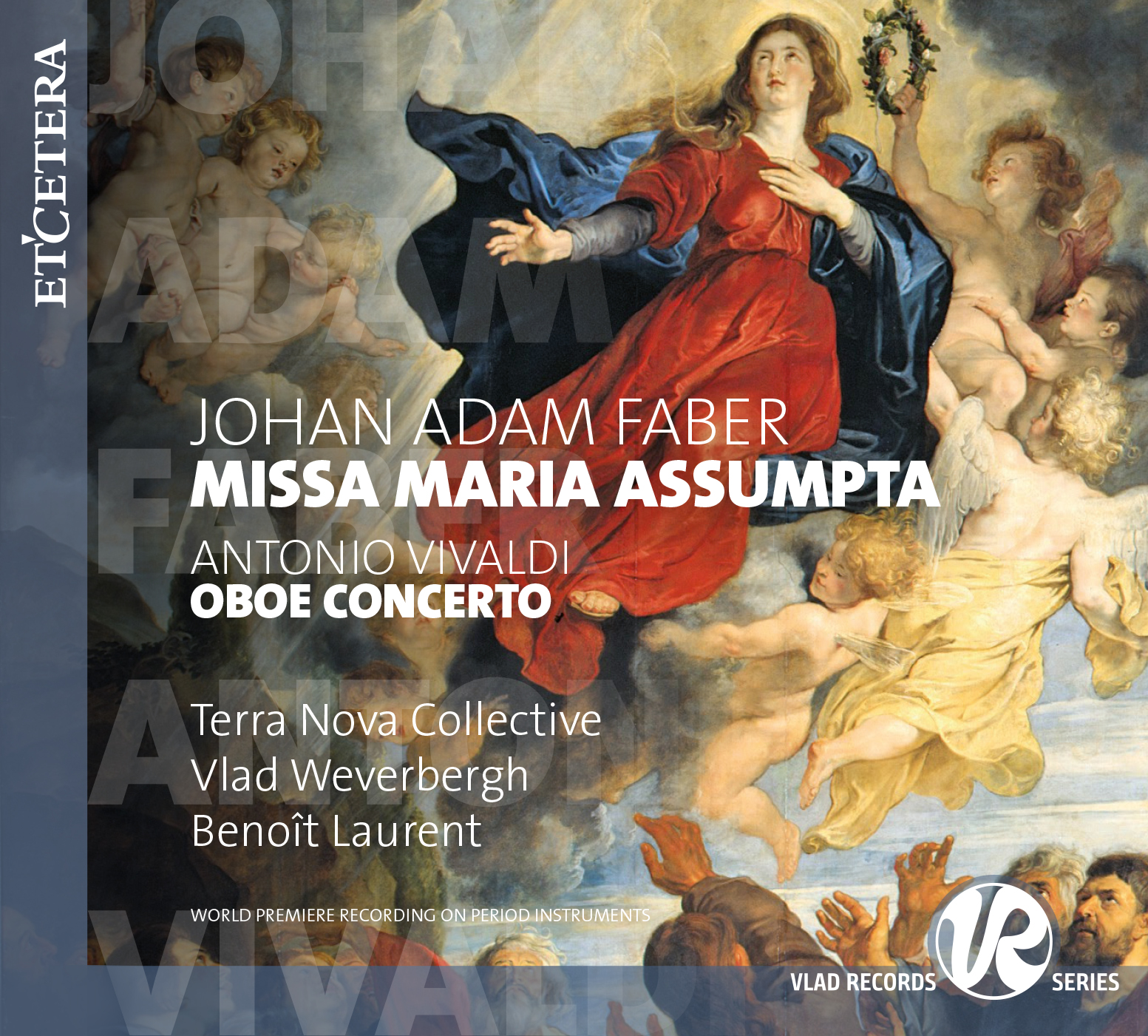
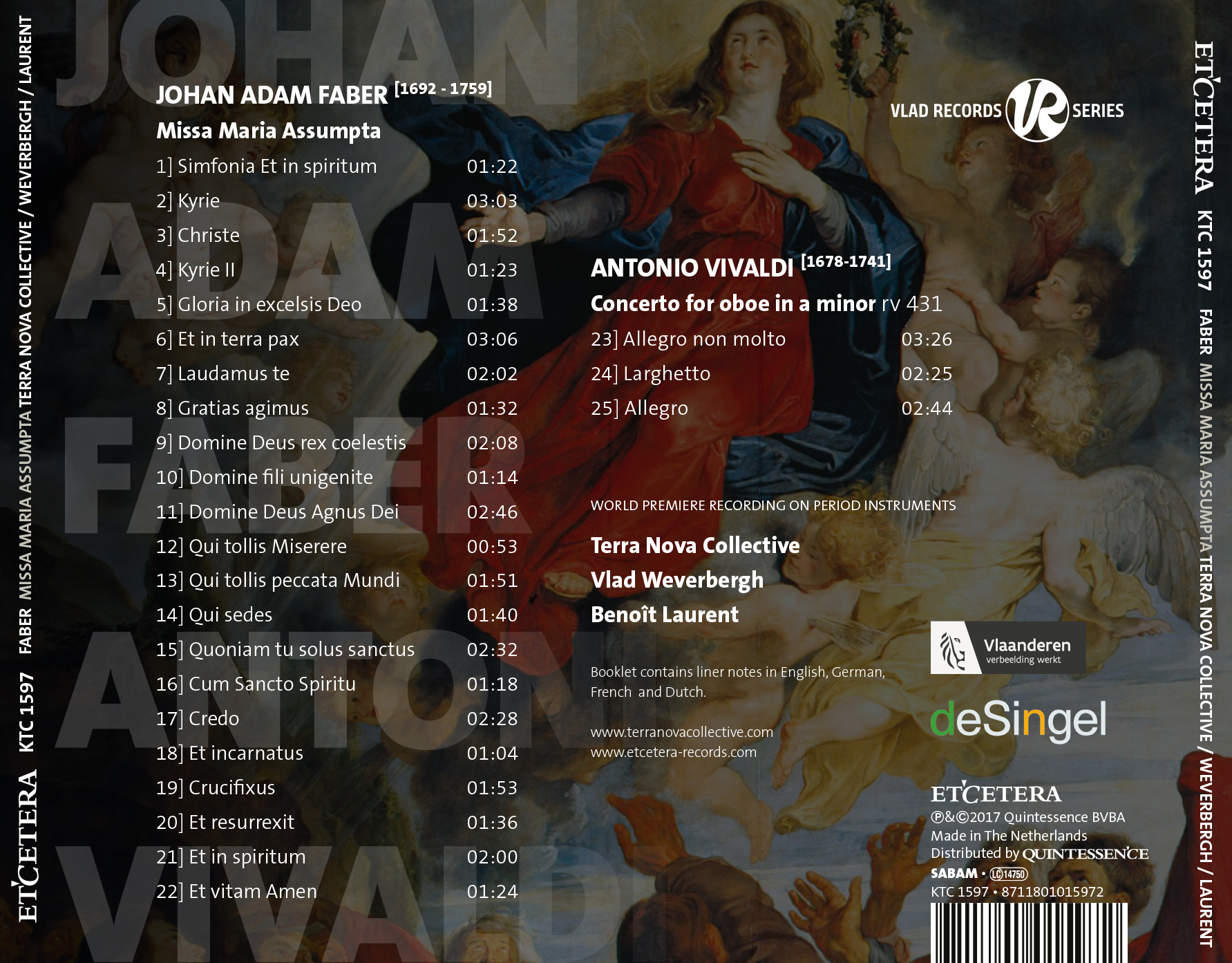

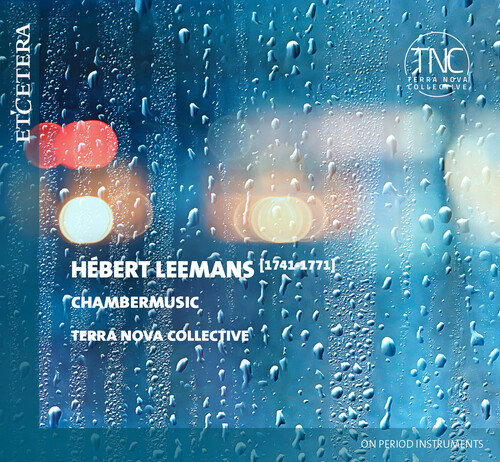
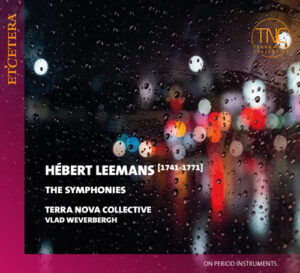


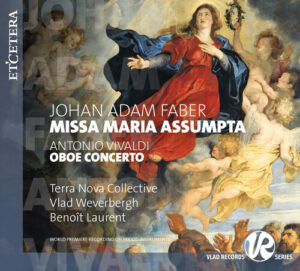
Reviews
There are no reviews yet.